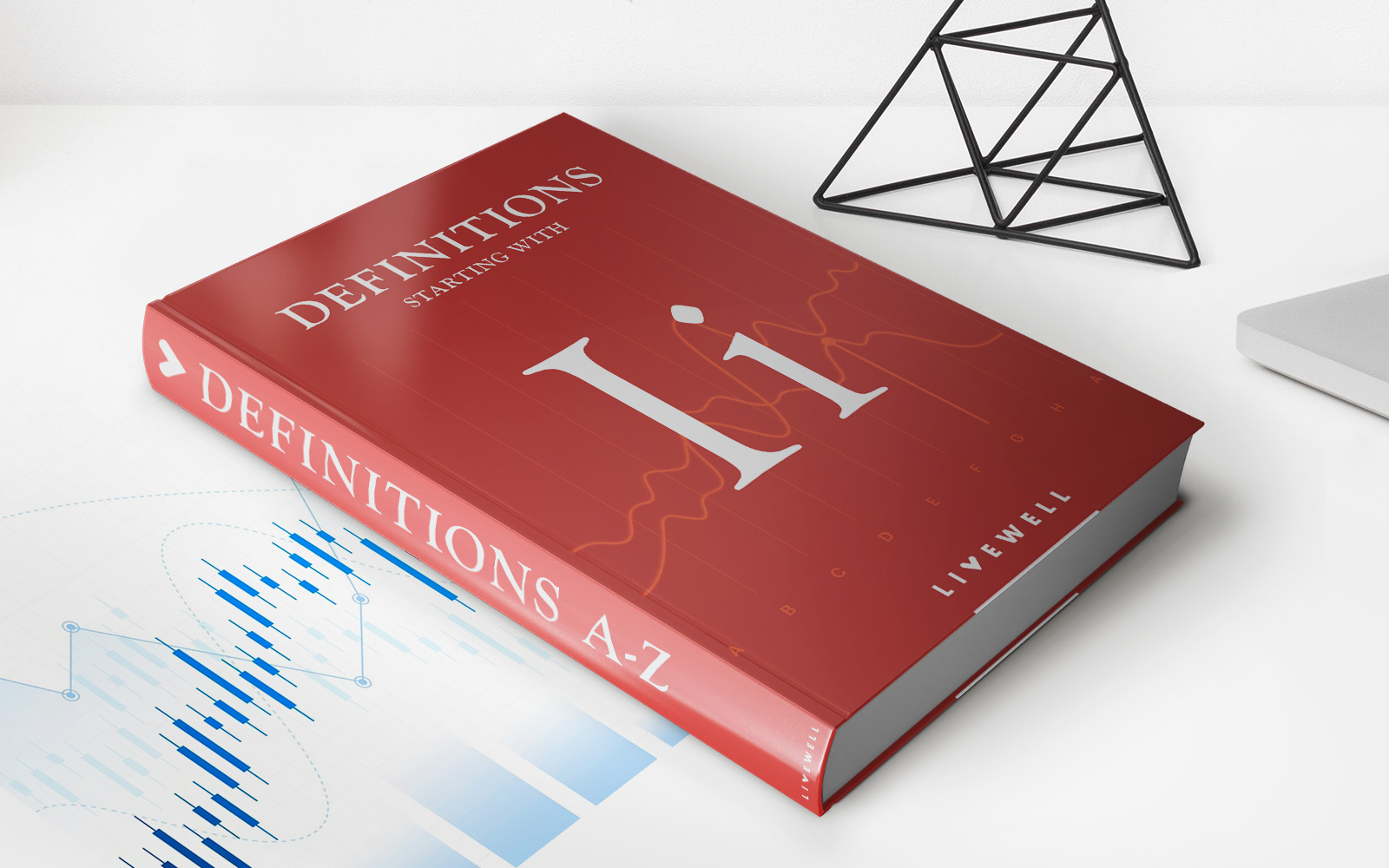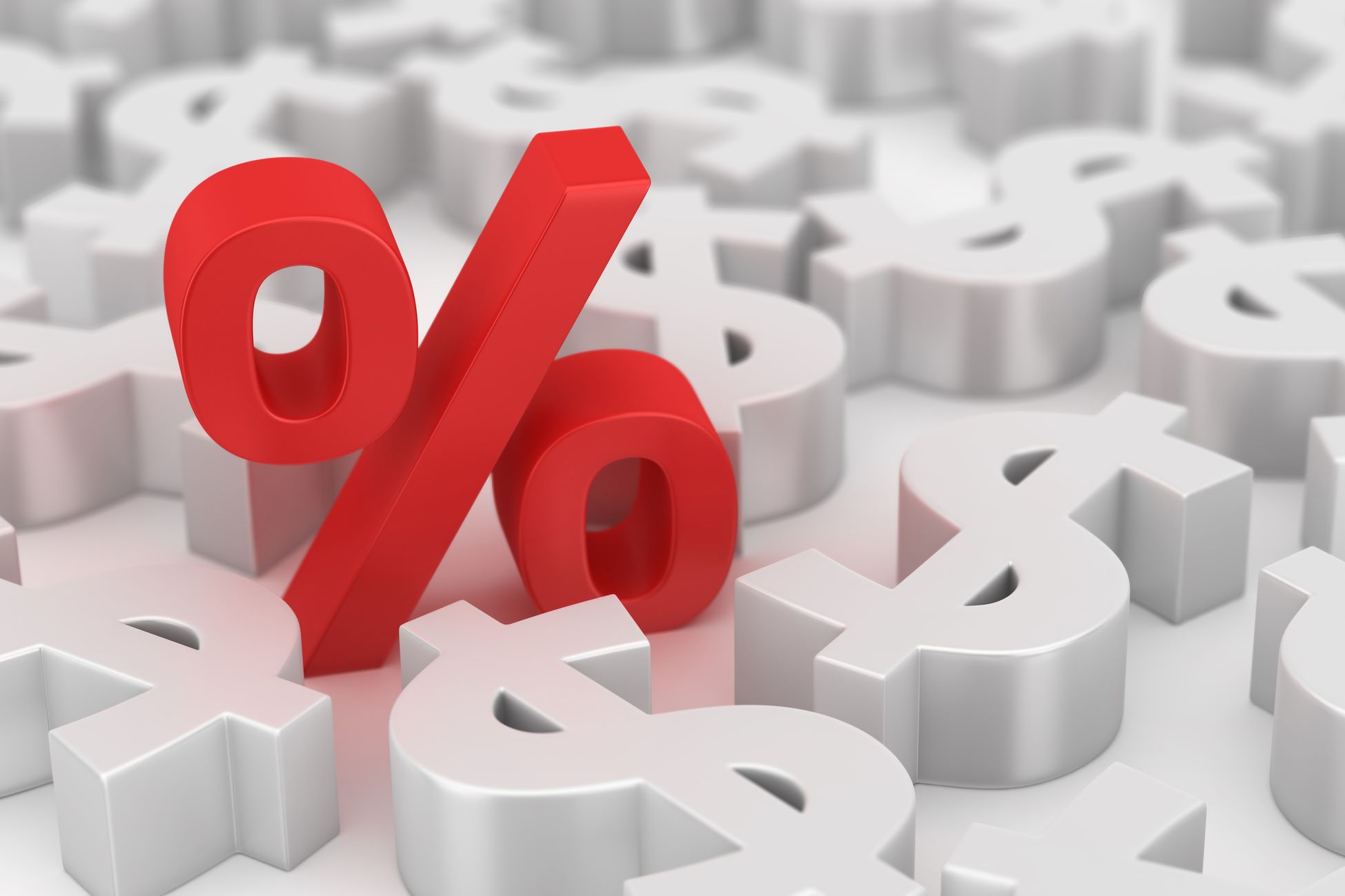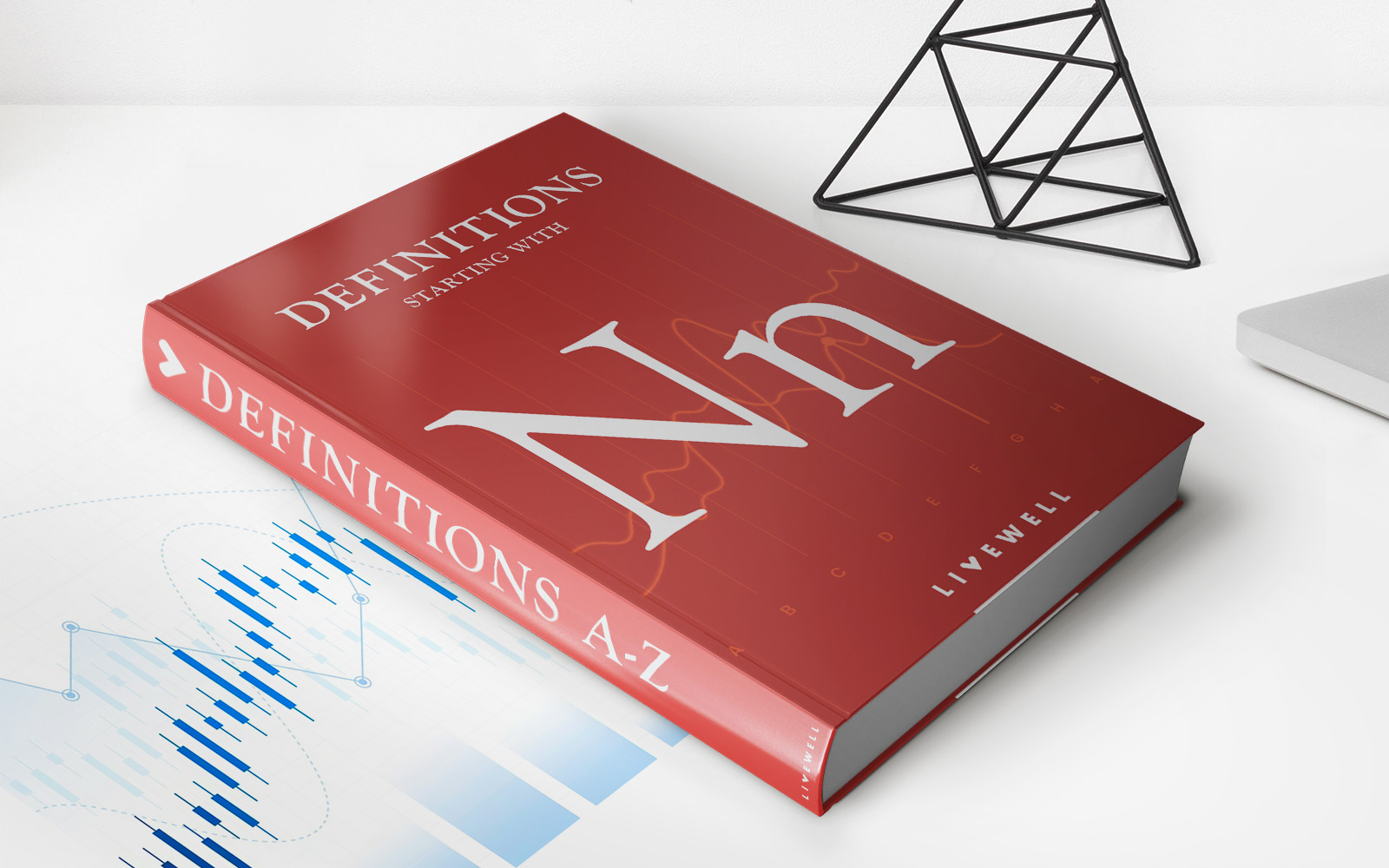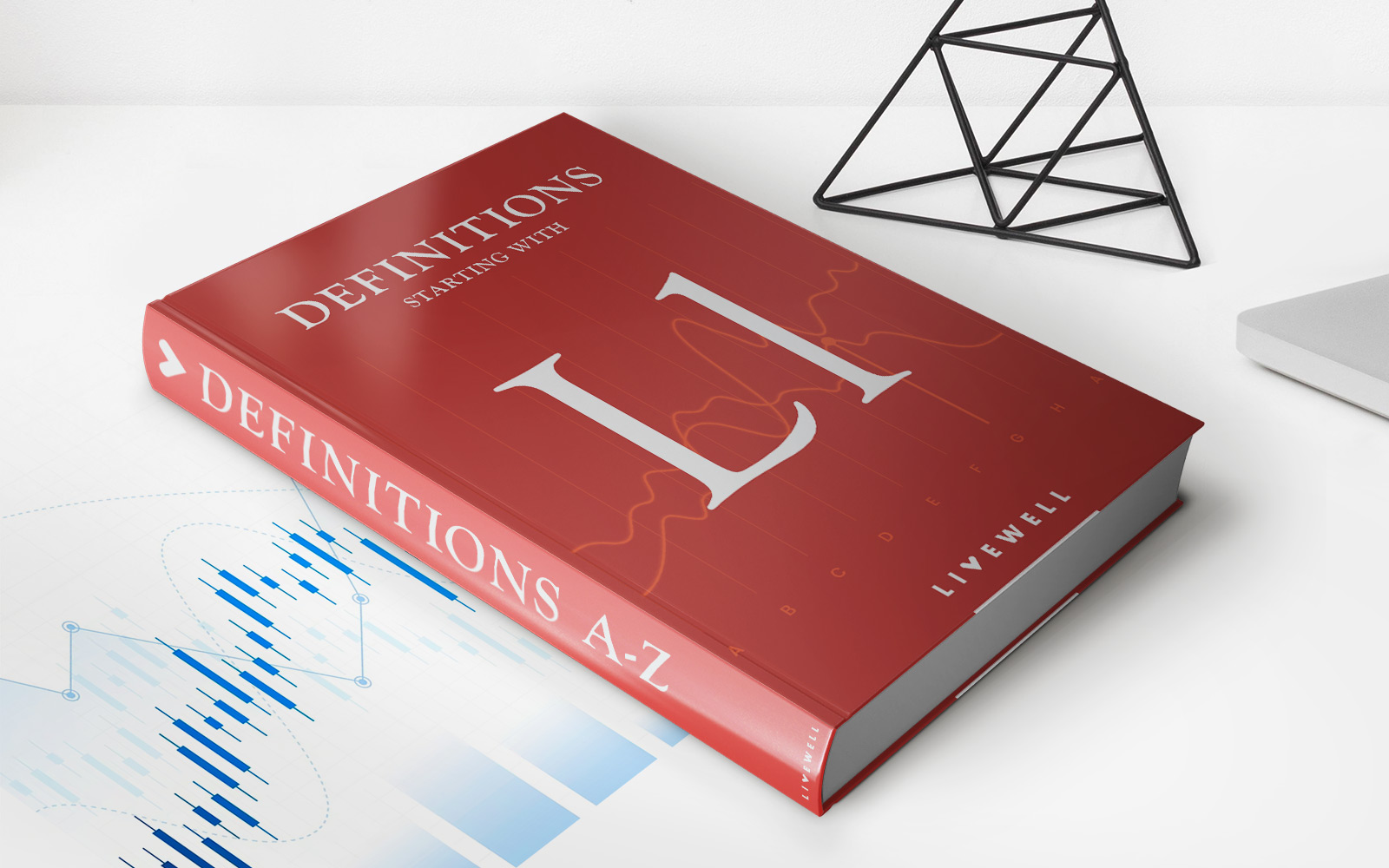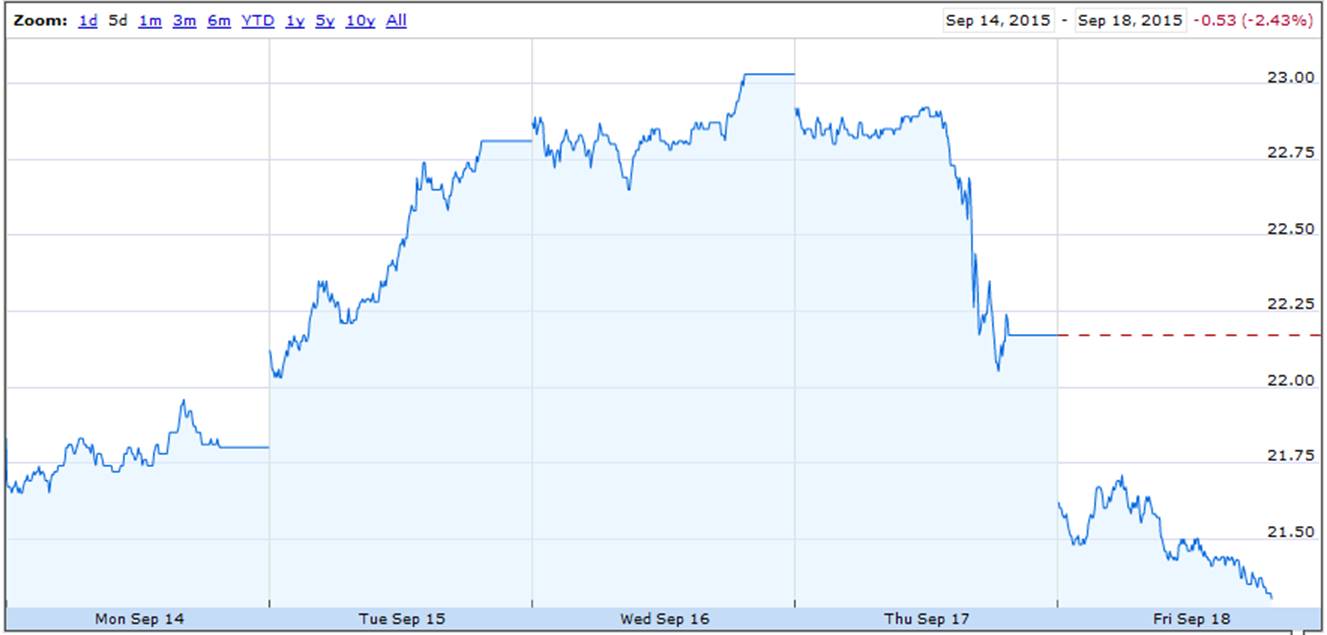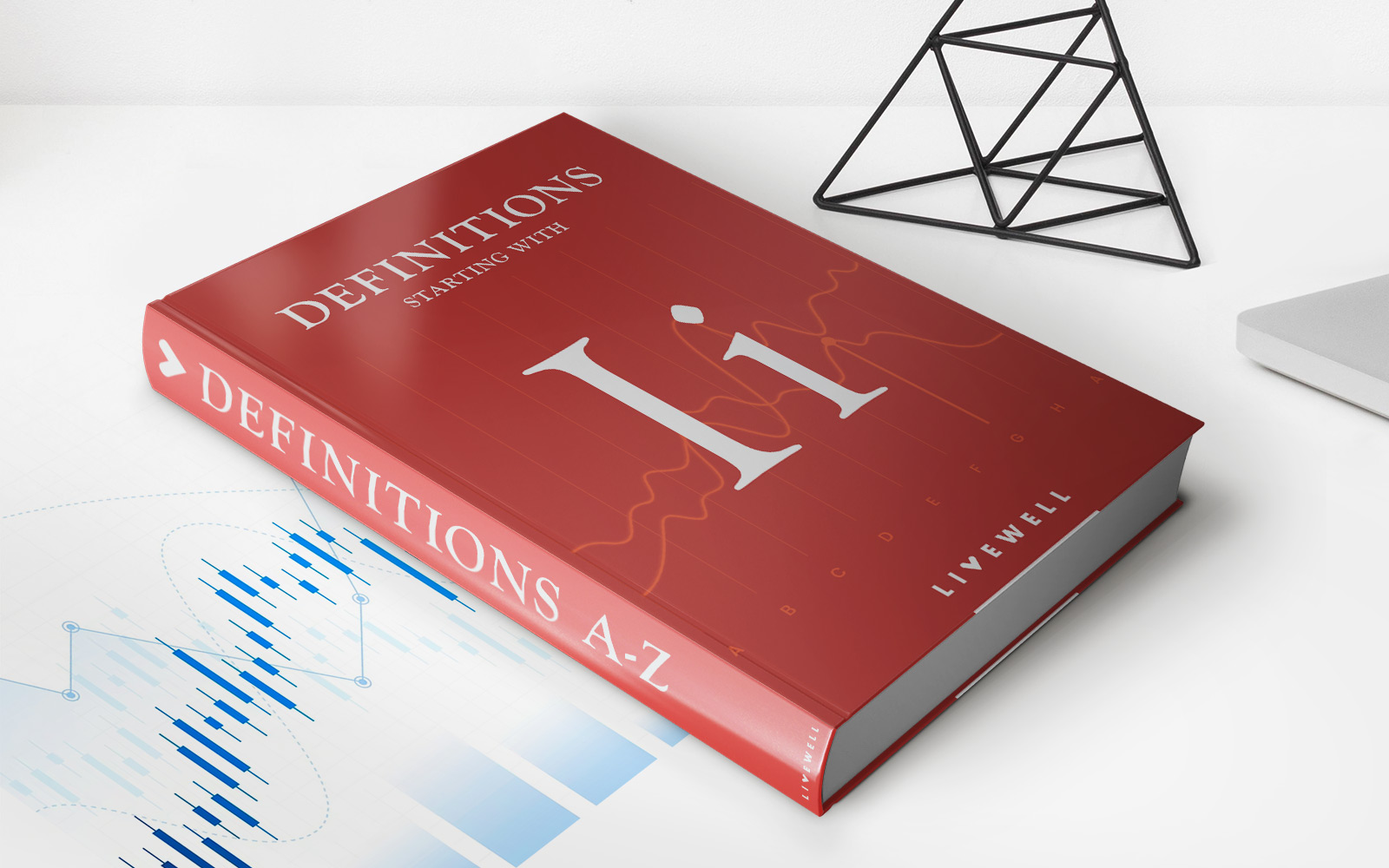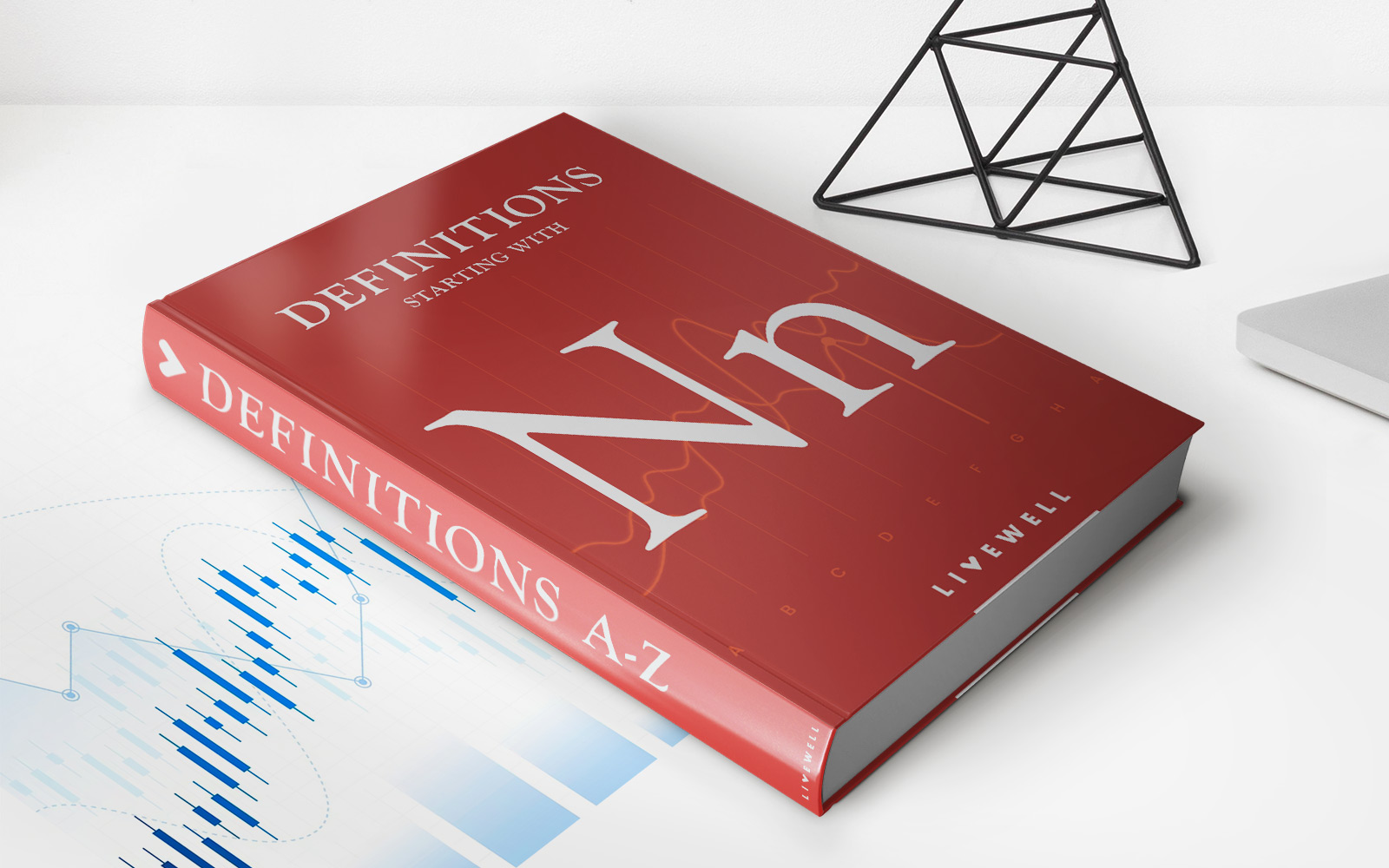

Finance
Negative Interest Rate Environment Definition
Published: December 29, 2023
Discover the definition of a negative interest rate environment in finance and its implications on investments and the economy. Stay informed about the latest trends and developments.
(Many of the links in this article redirect to a specific reviewed product. Your purchase of these products through affiliate links helps to generate commission for LiveWell, at no extra cost. Learn more)
Welcome to the World of Negative Interest Rates!
Have you ever wondered what negative interest rates are and how they impact the financial world? In this blog post, we will delve into the intriguing concept of a negative interest rate environment, its definition, and how it affects various aspects of the economy. So, grab a cup of coffee and let’s explore this fascinating topic together!
Key Takeaways:
- Negative interest rates occur when central banks charge commercial banks for holding their excess reserves.
- This unconventional monetary policy aims to stimulate borrowing and spending to boost economic growth.
Defining Negative Interest Rate Environment
In simple terms, a negative interest rate environment is when central banks set their policy rates below zero. Traditionally, central banks adjust interest rates to regulate borrowing and spending levels. By lowering interest rates, they incentivize businesses and individuals to take loans, thereby stimulating economic growth. Conversely, raising interest rates discourages borrowing and helps control inflation. However, when interest rates fall below zero, it becomes a whole new ball game!
So, why would central banks do such a thing? The aim of implementing negative interest rates is to spur economic activity during times of economic slowdown or recession. By charging commercial banks to hold their excess reserves, central banks essentially encourage lending and discourage hoarding of cash. In theory, this should prompt businesses and individuals to borrow, invest, and spend their money, thus reigniting economic growth.
Impacts on the Financial World
Now that we understand the basic concept of a negative interest rate environment, let’s explore its impacts on the financial world:
1. Borrowing and lending:
- With negative interest rates, lending becomes more attractive as borrowers may end up repaying less than the principal borrowed.
- On the other hand, savers and traditional deposit account holders may face the disheartening prospect of watching their savings shrink over time.
2. Asset prices:
Negative interest rates can have a significant impact on asset prices, particularly in the housing market. As borrowing becomes more favorable, property prices may rise due to increased housing demand.
3. Currency values:
Lowering interest rates typically weakens a nation’s currency. In a negative interest rate environment, this effect can be magnified, potentially making exports more competitive and increasing tourism.
Conclusion
Negative interest rates represent an unconventional weapon in the arsenal of central banks to combat economic slowdown and encourage borrowing and spending. While this approach may have its desired effects, it also comes with its share of risks and challenges. As with any monetary policy, the long-term consequences and effectiveness of negative interest rates remain open to interpretation and debate. Hey, we’re talking about economics after all!
So, the next time you hear about a negative interest rate environment in the news, you’ll have a better understanding of what it means and its potential impact on the financial world. Remember, coffee always tastes better when sipped with a side of financial knowledge!
